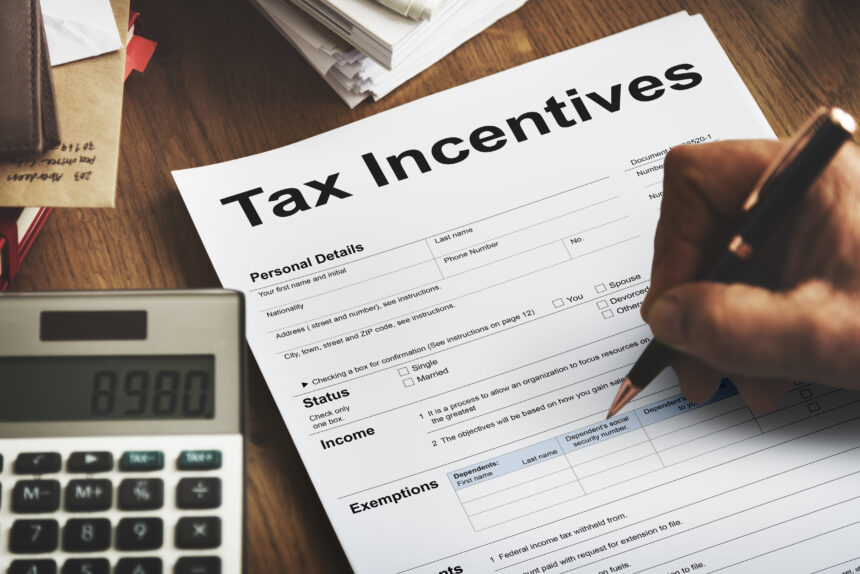Planning for retirement is a crucial aspect of financial stability, and one of the most effective tools for securing a comfortable retirement is a retirement annuity. A retirement annuity is a financial product that allows individuals to contribute funds on a regular basis, which are then invested to grow over time, providing a source of income during retirement. Not only do retirement annuities offer long-term savings benefits, but they also provide various tax advantages. In this article, we will explore strategies for maximizing contributions and tax benefits when it comes to retirement annuities.
- Start Early and Contribute Regularly: Time is a powerful factor when it comes to retirement savings. The earlier you start contributing to a retirement annuity, the more time your funds have to grow. By starting early, you can take advantage of compounding returns and potentially maximize your retirement savings. Additionally, making regular contributions ensures a disciplined approach towards building your retirement nest egg.
- Take Full Advantage of Employer Matching: If your employer offers a matching contribution to your retirement annuity, it’s important to take full advantage of this benefit. Employer matching is essentially free money, and by contributing at least enough to receive the maximum matching contribution, you can significantly boost your retirement savings without any additional cost to you.
- Understand Contribution Limits: It’s essential to be aware of the contribution limits set by the government for retirement annuities. In many countries, such as the United States, there are annual limits on the amount you can contribute to a retirement annuity. By understanding these limits, you can plan your contributions accordingly to ensure you make the most of the available tax advantages.
- Utilize Catch-Up Contributions: For individuals aged 50 or older, catch-up contributions allow for additional contributions above the standard limits. These catch-up contributions are designed to help individuals who may have fallen behind in their retirement savings. By taking advantage of catch-up contributions, you can accelerate your savings and make up for lost time.
- Consider Roth Annuities: Traditional retirement annuities offer tax-deferred growth, meaning you don’t pay taxes on your investment gains until you start making withdrawals in retirement. However, Roth annuities are funded with after-tax dollars, and qualified withdrawals in retirement are tax-free. Depending on your financial situation, a Roth annuity can provide significant tax advantages, especially if you anticipate being in a higher tax bracket during retirement.
- Diversify Your Investments: A well-diversified investment portfolio is important for any long-term savings strategy, including retirement annuities. By diversifying your investments across different asset classes, such as stocks, bonds, and real estate, you can potentially reduce risk and increase the likelihood of achieving higher returns over time. Consider consulting with a financial advisor to determine the optimal asset allocation based on your risk tolerance and investment goals.
- Review and Adjust Your Strategy: Regularly reviewing your retirement annuity strategy is crucial to ensure it aligns with your changing financial circumstances and goals. Life events such as a job change, marriage, or the birth of a child can impact your retirement savings plan. By periodically reassessing your contributions, investment performance, and overall strategy, you can make necessary adjustments and stay on track for a successful retirement.
In conclusion, retirement annuities are powerful tools for long-term savings and provide valuable tax benefits. By starting early, contributing regularly, taking advantage of employer matching, understanding contribution limits, utilising catch-up contributions, considering Roth annuities, diversifying investments, and regularly reviewing your strategy, you can maximise your contributions and tax advantages. Remember, consulting with a financial adviser can provide personalised guidance and help you make informed decisions to ensure a secure and comfortable retirement.










